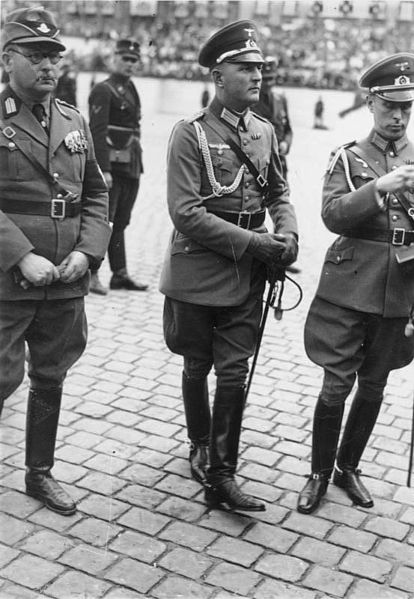The Hossbach Memorandum
Friedrich Hossbach, Hitler’s adjutant (a military officer who works as an administrative assistant to a more senior officer) wrote the Hossbach Memorandum on 10 November 1937. It was based on the proceedings of the Hossbach Conference, a top secret meeting held by Hitler on 5 November 1937 to discuss Nazi Germany’s future.

The historiography on the Hossbach memorandum is divided. Opinions split between the ‘Intentionalist’ and ‘Functionalist’ schools of historians. Intentionalists such as Richard Overy believe that Hitler planned war and the Holocaust long before 1939. They believe that Hitler announced at the conference his intention to wage war in Europe if he could not peacefully win ‘living space’ in Eastern Europe. Evidence for this interpretation is Hitler’s use of the word ‘attacker’ to refer to Nazi Germany.
However, Functionalist historians such as Timothy Mason believe that Hitler never had a master-plan for war or the Holocaust. They suggest that the vague memorandum could have been written to test the opinions of Hitler’s closest advisors or to respond to Germany’s increasing economic woes in the late 1930s.
Finally, A.J.P. Taylor argued that the Hossbach memorandum was misleading evidence for historians. The only version available to historians was carefully edited by US lawyers before the Nuremberg Trials in 1945, where the document was used as evidence to support the charge that Germany had planned for war.
See also: The Hossbach Conference of 1937
MLA Citation/Reference
"The Hossbach Memorandum". HistoryLearning.com. 2024. Web.
